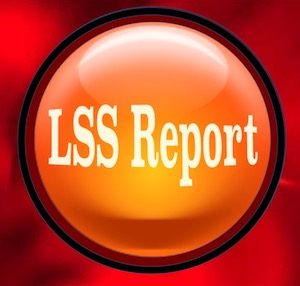
“I am not sure he understands how “efficient” the existing rail network between West Coast or East Coast is currently is or that train is much more energy-efficient and predictable to transport goods compared to road”
Lim Sian See
The ECRL will link up Port Klang to Kuantan ports in a land-bridge transport concept and they forecast to eventually handle 60 million tons of freight.
In Klang, there is Northport and also Westports.
The privately-owned Westport has just announced a RM10 billion expansion that will see it gradually increasing capacity to 30 million Twenty-foot equivalent unit (TEU) a year by 2040 – meaning an additional 15 million TEU.
1 TEU is 17 freight tons hence 15 million TEU would be equivalent to 255 million tons.
Whereas Kuantan port, which is 60% owned by IJM Corp Bhd, with China’s Guangxi Beibu Gulf International Port Group owning 40% has just spent RM4 billion which will increase capacity of the multipurpose port to 52 million tons from the current 26 million by next year.
Both Westport and Kuantan ports are owned by private entities and they will know their business well. They would not be spending their money to expand so ambitiously if they do not have a reasonable certainty of future business.
Rail would be the most efficient way to transport freight to these ports – hence ECRL will have a big part to play.
Meanwhile, Singapore is also building the mega Tuas port that will handle 60 million TEU or 1.02 billion tons of traffic by 2040.
So, the 60 million tons of freight that ECRL forecast that will enable them to be profitable is not a very big ask.
Which is why I am really surprised that there was a so-called former World Bank economist who says the construction of the ECRL will not be cost-effective as the existing transport and infrastructure system was good enough to transport people and goods.
It is like saying that Singapore does not need to build the Tuas mega-port as the current port facilities are enough.
I am not sure he understands how “efficient” the existing rail network between West Coast or East Coast is currently is or that train is much more energy-efficient and predictable to transport goods compared to road.
Maybe the economist never experienced the Senandung Wau train service before when it was in operation. Perhaps after experiencing it, then he can tell us if the existing transport links are sufficient or not.
Not doing both these projects which this former World Bank economist ask is just cutting Malaysia out from the Pan Asia Rail Link. Our other neighboring countries up north will be very happy.
Source: www.facebook.com/lim.siansee



